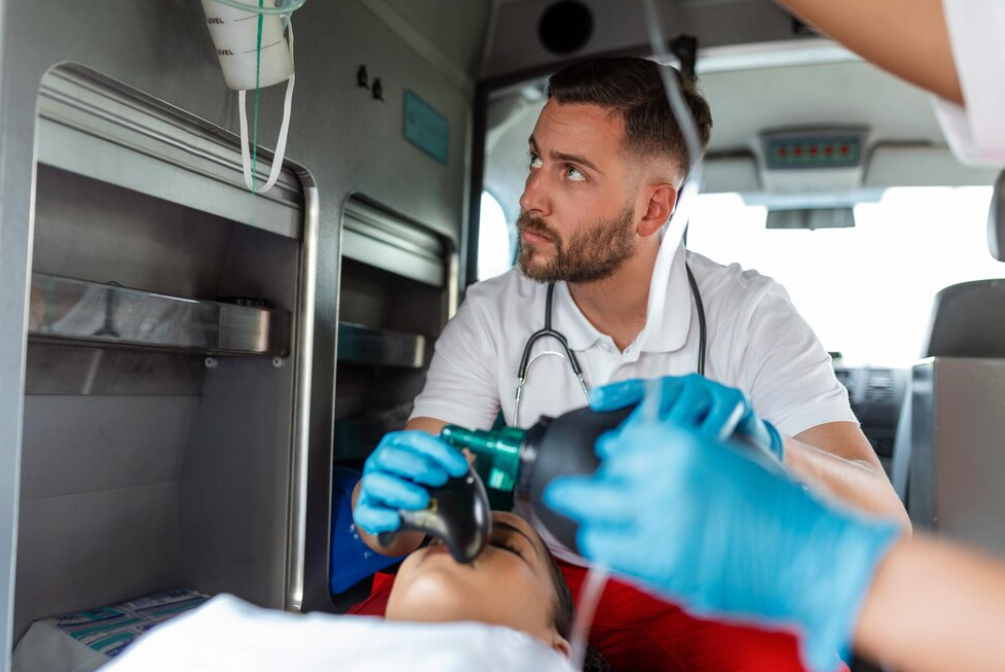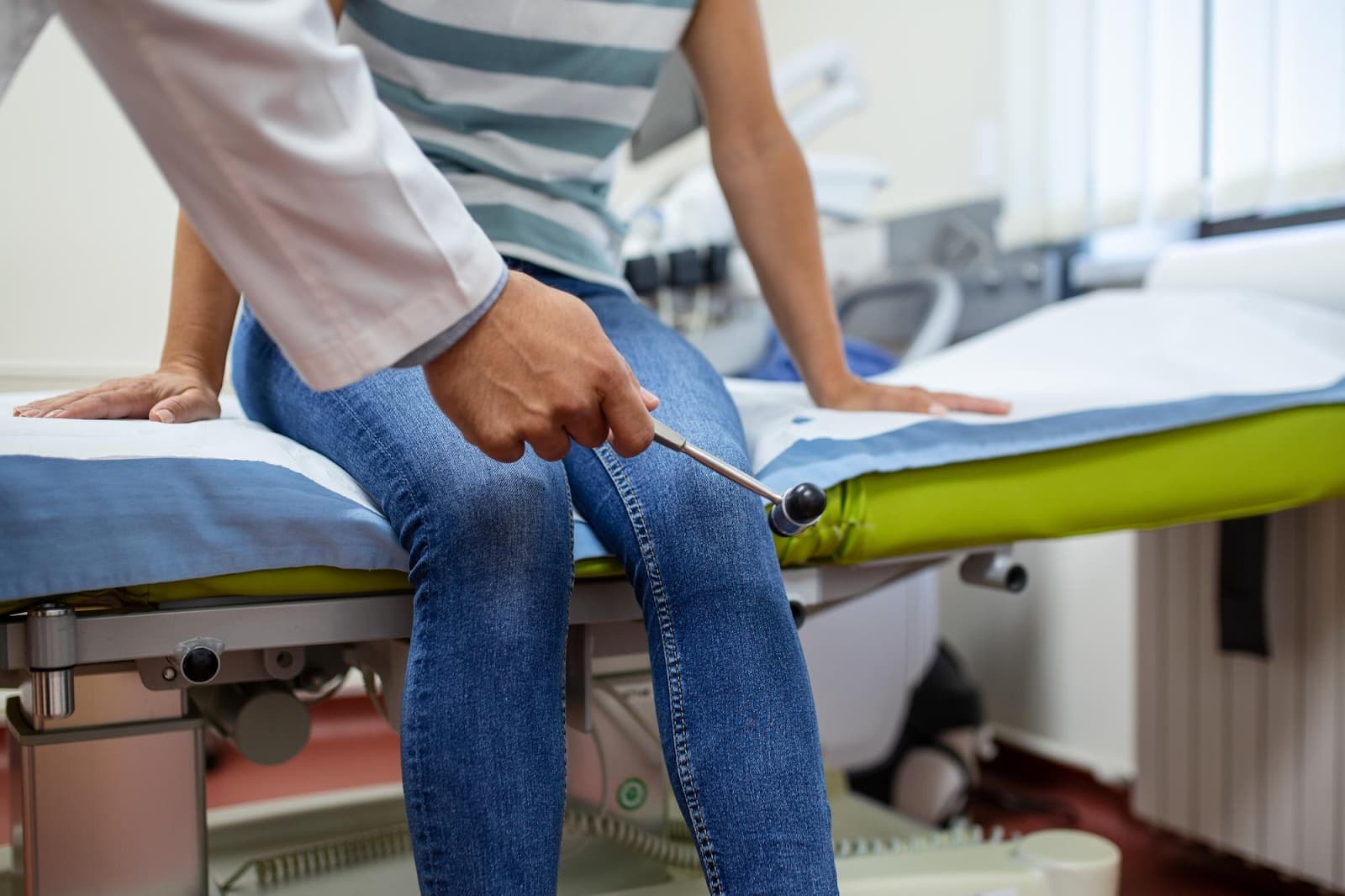The healthcare landscape continues to evolve and one profession that has significantly grown in demand is that of an emergency medicine physician assistant (PA). An increasing number of emergency facilities have recognized the value of employing physician assistants, with their employment rate surging from 28% in 1997 to an impressive 77% rate in 2006, based on research published in the Academic Emergency Medicine.
As experts in emergency medicine, these medical practitioners play a pivotal role in managing the demanding workload of emergency rooms which accounted for over 136 million visits in 2011.
You may also like to explore the responsibilities and contributions of Obstetrics and Gynecology (OBGYN) Physician Assistants, who provide essential support in women’s healthcare across different stages of life.
PA Roles in Emergency Medicine Settings
Physician assistants have long been integral to emergency departments, having practiced in this environment since the inception of the profession in the mid-1960s. Presently, approximately 10 percent of all active PAs are employed in emergency medicine, serving in various capacities including:
- Providing pre-hospital patient care;
- Participating in ground/air transport of patients;
- Conducting patient triage;
- Working in fast track and urgent care settings;
- Assisting in main emergency departments and critical care units;
- Engaging in administrative functions.
The Society of Emergency Medicine Physician Assistants (SEMPA) issues guidelines outlining the responsibilities of physician assistants in emergency medicine. These include:
- Conducting patient history assessments;
- Providing patient instruction and counseling;
- Referring patients to suitable community resources;
- Seeking patient management consultations;
- Conducting physical examinations;
- Documenting information in patient charts;
- Conducting or aiding in laboratory procedures;
- Conducting or aiding in patient screening procedures;
- Conducting diagnostic and therapeutic studies;
- Ordering and interpreting diagnostic laboratory tests and radiological studies;
- Prescribing medications and other therapies.
Physician assistants specializing in emergency medicine undertake a diverse array of therapeutic and diagnostic procedures, including but not limited to:
- Laceration repair;
- Wound care;
- Application of casts and splints;
- Incision and drainage of abscesses;
- Procedural sedation;
- Administration of regional block anesthesia;
- Arthrocentesis;
- Lumbar puncture;
- Thoracentesis;
- Urethral catheterization;
- Establishing venous access;
- Arterial puncture;
- Blood gas sampling.
While working under the supervision of attending physicians, these medical professionals often operate independently, exercising significant autonomy in clinical decision-making.
Becoming an Emergency Medicine PA: Education & Certification

Beginning a career in emergency medicine as a physician assistant (PA) involves several critical steps, starting with completing a specialized program. This program must be recognized by the Accreditation Review Commission on Education for the Physician Assistant (ARC-PA). Successfully graduating from a program that meets ARC-PA standards is a fundamental requirement before one can sit for the national certification examination, which is administered by the National Commission on Certification of Physician Assistants (NCCPA). Achieving a passing score on this exam is vital for securing licensure in any of the U.S. states.
Educational programs for PAs, which usually lead to a master’s degree, span approximately 26 months. Entrance into these programs is contingent upon fulfilling specific prerequisites, which often include undergraduate coursework in areas like the biological or behavioral sciences. A pivotal aspect of PA education is the completion of clinical rotations, amounting to roughly 2,000 hours of direct medical experience across a wide range of specialties, with emergency medicine being a primary focus for those intent on entering this challenging field. This immersive clinical experience is indispensable for aspirants looking to thrive in the demanding environment of emergency medicine.
Post-Graduate Fellowships for Physician Assistants
Pursuing post-graduate fellowships is a common strategy for physician assistants (PAs) looking to specialize in emergency medicine. These salaried positions offer newcomers to the field a deep dive into their area of interest through comprehensive, hands-on training.
Structured similarly to medical residency programs for doctors, many of these advanced PA programs enable participants to work alongside physician residents. The fellowship experience encompasses a variety of clinical rotations across numerous specialties, such as trauma care, pediatric emergency services, orthopedics, and toxicology, offering a broad exposure to the field.
Professional Certification for Physician Assistants in Emergency Medicine
While it’s not a prerequisite for employment in emergency medicine as a physician assistant, acquiring professional certification can be a key step for those looking to elevate their careers. The National Commission on Certification of Physician Assistants (NCCPA) administers a Certificate of Added Qualifications (CAQ) in emergency medicine among other specialties. This certification acts as a formal endorsement of a PA’s specialized skills and knowledge, positioning them for further professional growth and recognition in their chosen field.
To be eligible for the Emergency Medicine CAQ specialty exam and subsequent board certification in emergency medicine, candidates must meet the following criteria:
- Hold a PA-C designation and possess a valid license to practice as a physician assistant in at least one U.S. jurisdiction;
- Accumulate a minimum of 150 credits of Category I Continuing Medical Education (CME) focused on emergency medicine;
- Accrue at least 18 months of full-time experience in emergency medicine within the last 6 years.

Physician attestation is required to validate the candidate’s proficiency and expertise in various aspects of emergency medicine, including:
- Airway adjuncts and invasive airway management;
- Anesthesia administration;
- Advanced wound care techniques;
- Diagnostic and therapeutic procedures;
- Hemodynamic monitoring and techniques;
- Interpretation of radiographic images;
- Resuscitation protocols.
The specialty examination encompasses a wide array of medical domains, covering:
- Abdominal and gastrointestinal disorders;
- Cardiovascular conditions;
- Dermatologic conditions;
- Endocrine, metabolic, and nutritional disorders;
- Environmental-related ailments;
- Head, eye, ear, nose, and throat issues;
- Hematologic conditions;
- Immune system disorders;
- Infectious diseases;
- Non-traumatic musculoskeletal disorders;
- Neurological conditions;
- Obstetrics and gynecology concerns;
- Psycho-behavioral disorders;
- Renal and urogenital disorders;
- Pulmonary illnesses;
- Toxicological emergencies;
- Traumatic injuries;
- Various medical procedures and skills.
Conclusion
A role as an emergency medicine physician assistant can be a fulfilling and challenging career path. These medical professionals play a pivotal role in managing the demanding workload of emergency departments, often enjoying considerable autonomy in their work. With extensive education and training requirements, professional certifications, and opportunities for post-graduate fellowships, this profession offers a clear pathway for growth and advancement. As integral parts of emergency healthcare teams, emergency medicine physician assistants not only help to elevate the standard of patient care but also contribute significantly to the broader healthcare landscape.




